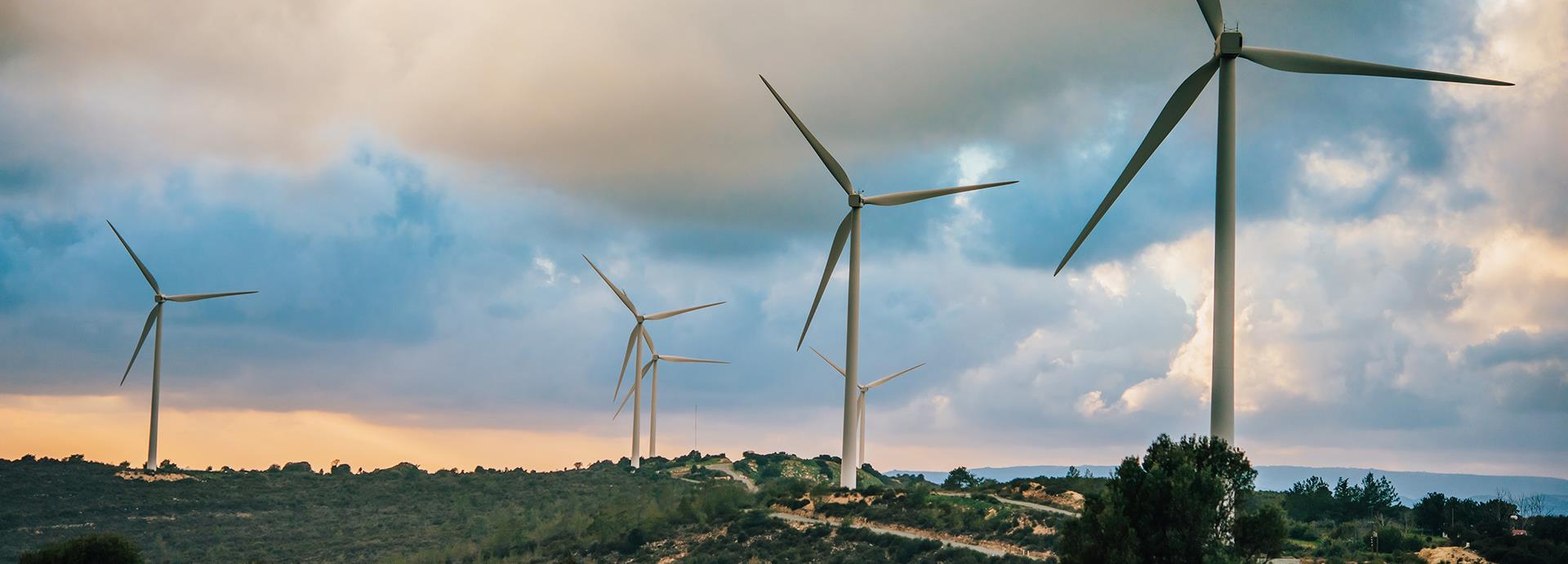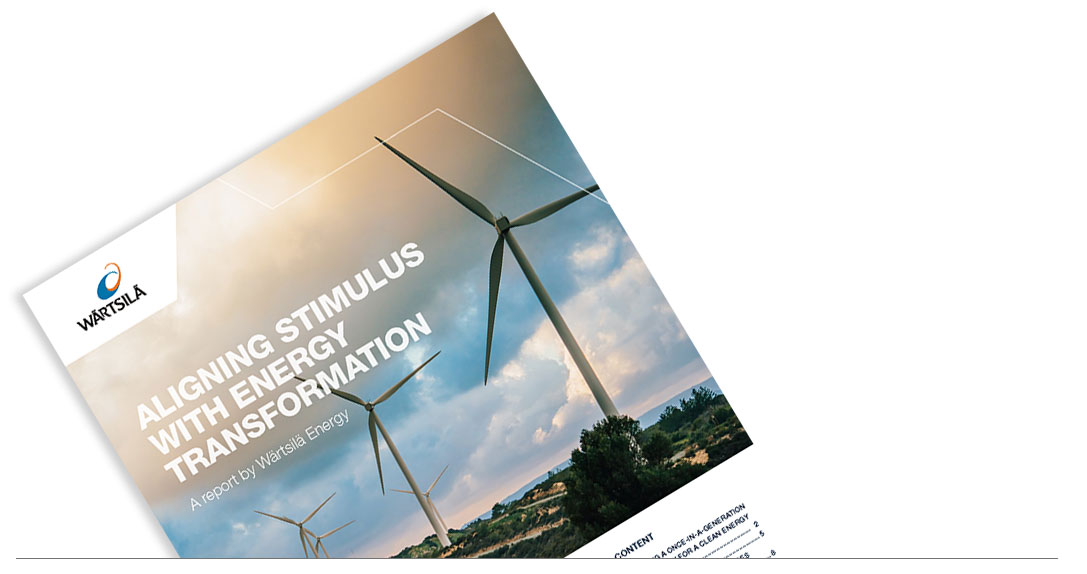

Aligning stimulus with energy transformation
This report examines the potential to focus governments’ energy stimulus explicitly on accelerating transitions towards 100% renewable energy, to spur economic recovery and growth - and put emissions into structural decline. The report synthesises Wärtsilä’s Atlas of 100% Renewable Energy modelling, with real-world analysis of over 200 G20 energy stimulus policies, provided by the Energy Policy Tracker. The report illustrates the potential for five key countries (United States, Brazil, United Kingdom, Germany ands Australia) to leverage stimulus to take a giant leap towards decarbonisation.

Contents
- Realizing a once-in-a-generation opportunity for a clean energy revolution
- Introduction
- Deep dive country analyses UK & US
- Deep dive country analysis US
- Deep dive country analysis UK
- Market summary Germany
- Market summary Brazil
- Market summary Australia
- The energy transition - The time is now
- Methodology
- References
Note: the Energy Policy Tracker data used in the Wärtsilä report is accurate as of 26 October. The data used specifically for the UK and US modelling and analysis is based on data originally compiled as of 22 September, due to the time required to model and analyse the scenarios provided in the report. The underlying data used in the UK and US modelling has been assessed against Energy Policy Tracker data as at 26 October and remains accurate as of 26 October."


